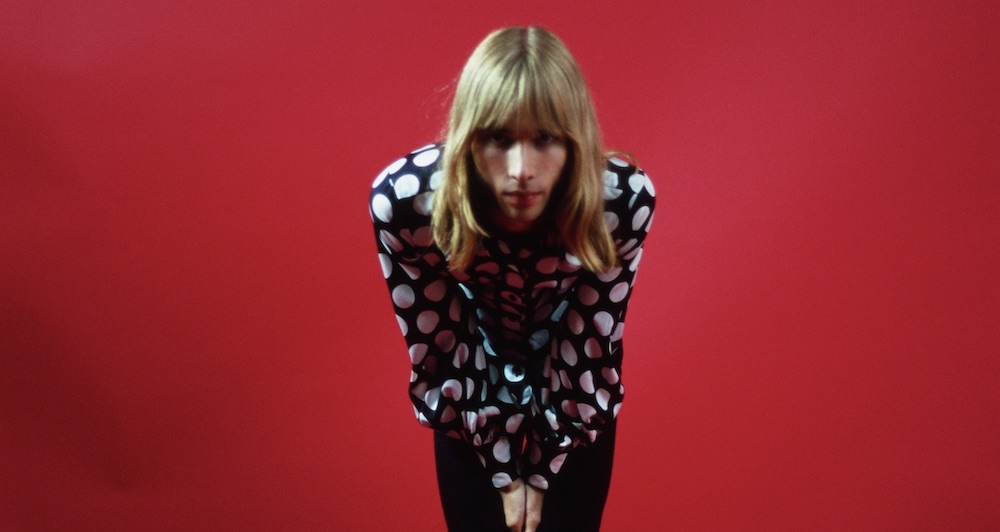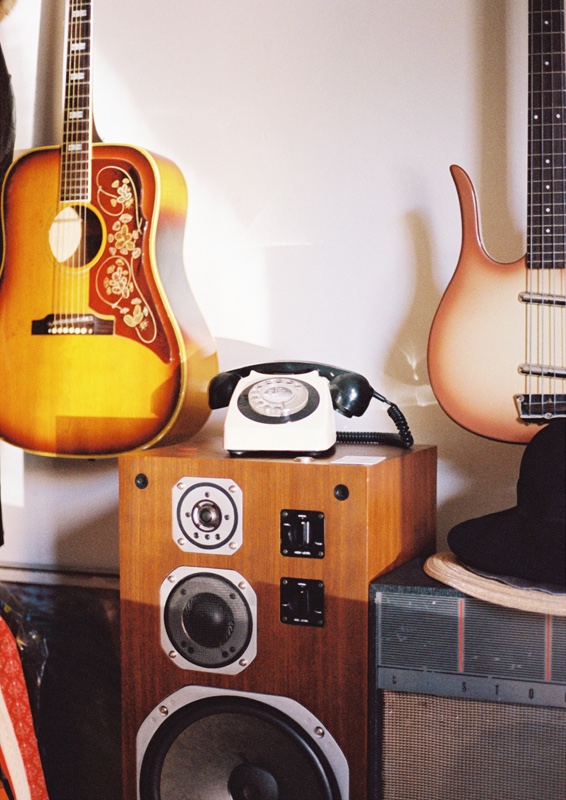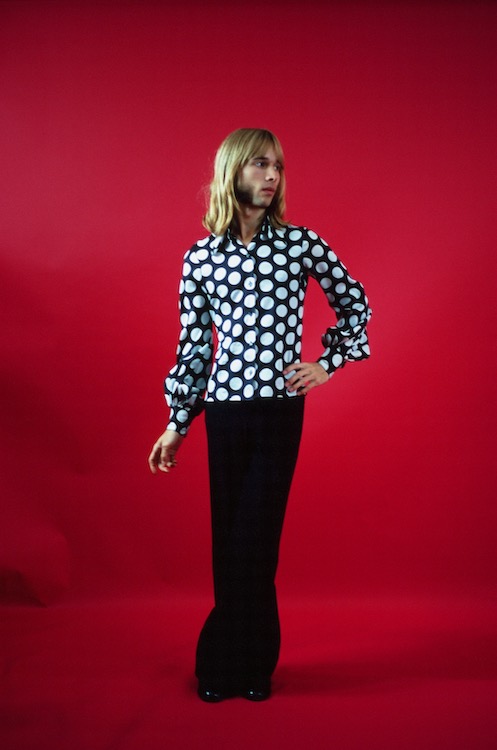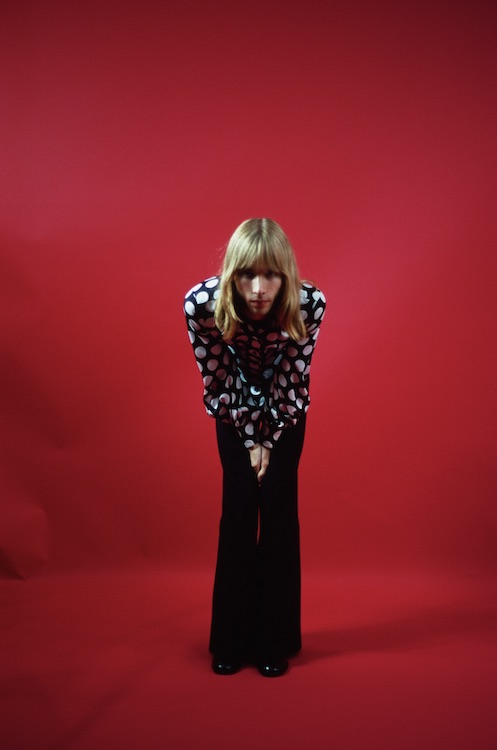Battersea 2014
In June 2014 I moved back to my childhood home in Battersea. It was intended to be a short stay whilst I looked for a place for my then-girlfriend and me, but the scarcity of affordable London flats meant that we ended up living there for seven months. This period marks a change in that I began writing more with the intent of releasing something to the public rather than doing it purely for myself. First though I would have to come up with a name. I christened the project Plastic Modern as it seemed to represent the Pop Art ideal I was pursuing. I had vague pretensions of making Pop music in the way that Andy Warhol made art, taking commercial song form and giving it my own touch. I wanted it to be affected and impersonal, the less of me (stylistically) on there the better. This attitude likely stemmed from my time playing in and alongside bands that I viewed as excessively earnest. In London and Los Angeles in the early 2010s Roots music had taken hold. It felt as though every underground band was making heartfelt Folk and Country Rock replete with banjos, double basses and - in the most objectionable cases - Cajon drums. Now, with creative control firmly in my hands, this was my chance to make music entirely devoid of sincerity (and folk instrumentation). Perhaps I was also hiding behind this veil of post-modernism, detaching myself from my songs for fear of criticism. I was still very unsure of my singing ability and by keeping the music conceptual rather than personal, any deficiencies could be explained away and any critique deflected. During this time I tried, and failed to find band members. One would think that working on London’s premier music street I would have easy access to the city’s best and brightest but very few people seemed right and those who did weren’t interested. I’ve always been overly-picky when it comes to prospective band members, with image and ability being of equal importance. So for the time being Plastic Modern remained a home recording project, but this was the start of the band concept, the framework within which the songs would be conceived. In December I finally found a place to live. It was a basement studio flat in Crystal Palace and though it was a modest dwelling (to say the least) it was a relief to move out. My half brother, step mother and her family had more or less taken over the Battersea apartment so I was eager to have a place to record without the noise of family life in the background, recording was frustrating enough without the cries of a three year old leaking into the microphones.
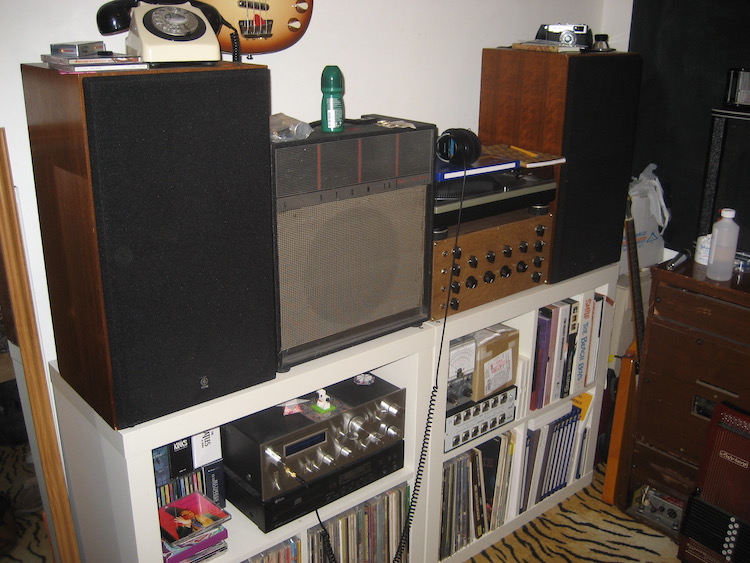
My very cramped bedroom setup. Clockwise from top: Danelectro Longhorn • Wem Custom 15 • Technics SL-1210 • DIY Line Mixer • Yamaha NS690 • Epiphone Flying V • H|H VS Musician & PA Cabinet • Leslie 145 • Autoharp • AKG Phantom Power Unit • Heathkit VTVM (the casing of which would go on to become my DIY Tonebender) • Titan CD Player • Pioneer SA-7800
Battersea Tapes 2014
Say What You Want was one of the first songs I deemed good enough to release. The recording set up was fairly limited but I was experimenting as much as I could, for instance, in order to create the atmosphere on this track I took the acoustic guitar signal, put it through a great deal of reverb and then modulated the reverb using a Minimoog. Unfortunately the song was recorded on bad tape hence the muddy sound at points.
Ring Back was a Northwood Hall song that I wanted to re-record. I was unable to capture the Donovan-esque charm of the original demo but this one is better recorded and has a more interesting middle 8th owing to the fuzz-organ and 60s sounding synthesiser noises.
Memphis is an obvious (and purposeful) Elvis homage but I think it holds its own. Even now I still like the chorus and lead guitar.
Trying To Get To You carries on in a more experimental vein with the organ being modulated by the Moog in order to create a soundscape. Like Ring Back and Memphis, this was another holdover from the Northwood Hall days.
See is a bit of faux Psych-Pop complete with backwards psychedelic guitar. Nothing particularly inspiring but more a continuation of songwriting practice. Full Of Lies is very much in the same category, nothing remarkable but a vehicle upon which I could experiment with sounds, recording techniques and hone my writing chops.
On Salty Dog I wanted to make a drum track without resorting to computers so I made the basic drum sounds using the Moog. A couple of bars were recorded and spliced into a tape loop, the loop was then played on one tape machine whilst another machine recorded it for as long as I needed. I vaguely recall using the Teac for the initial tape loop but the overdubbing was done on the Revox. Some years earlier I’d bought a small Concord tape machine with a tape already inside, this was where the ‘Salty Dog Ice Cream’ speech came from. Though the piece isn’t as pure as say a Steve Reich composition it was a step forward for me in terms of musical experimentation and ‘found sound’.
Epiphone Flying V • Epiphone Frontier • Danelectro Longhorn Bass • Minimoog Model D • Philicorda Organ • Percussion • Arbiter Fuzz Face • Big Muff • Colorsound Wah • Wem Custom 15 • Concord 300 • Revox B77 • Teac A-3440 • DBX 118 • Hammond Reverb • AKG C452 • Shure Unidyne • Sony C38B
All songs recorded in Battersea, London.
Photoshoot in the living room on slide film, using the cheapest lighting and backdrop that Amazon offered
Photo credits: Sophie Green • Sophie Green • H Hill-Richmond • Sophie Green • Sophie Green • Sophie Green
